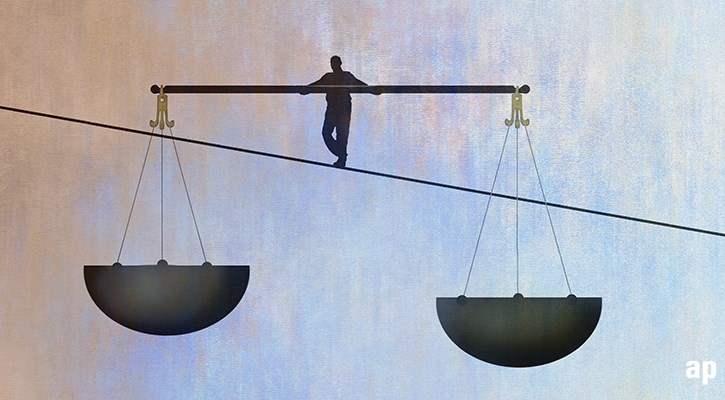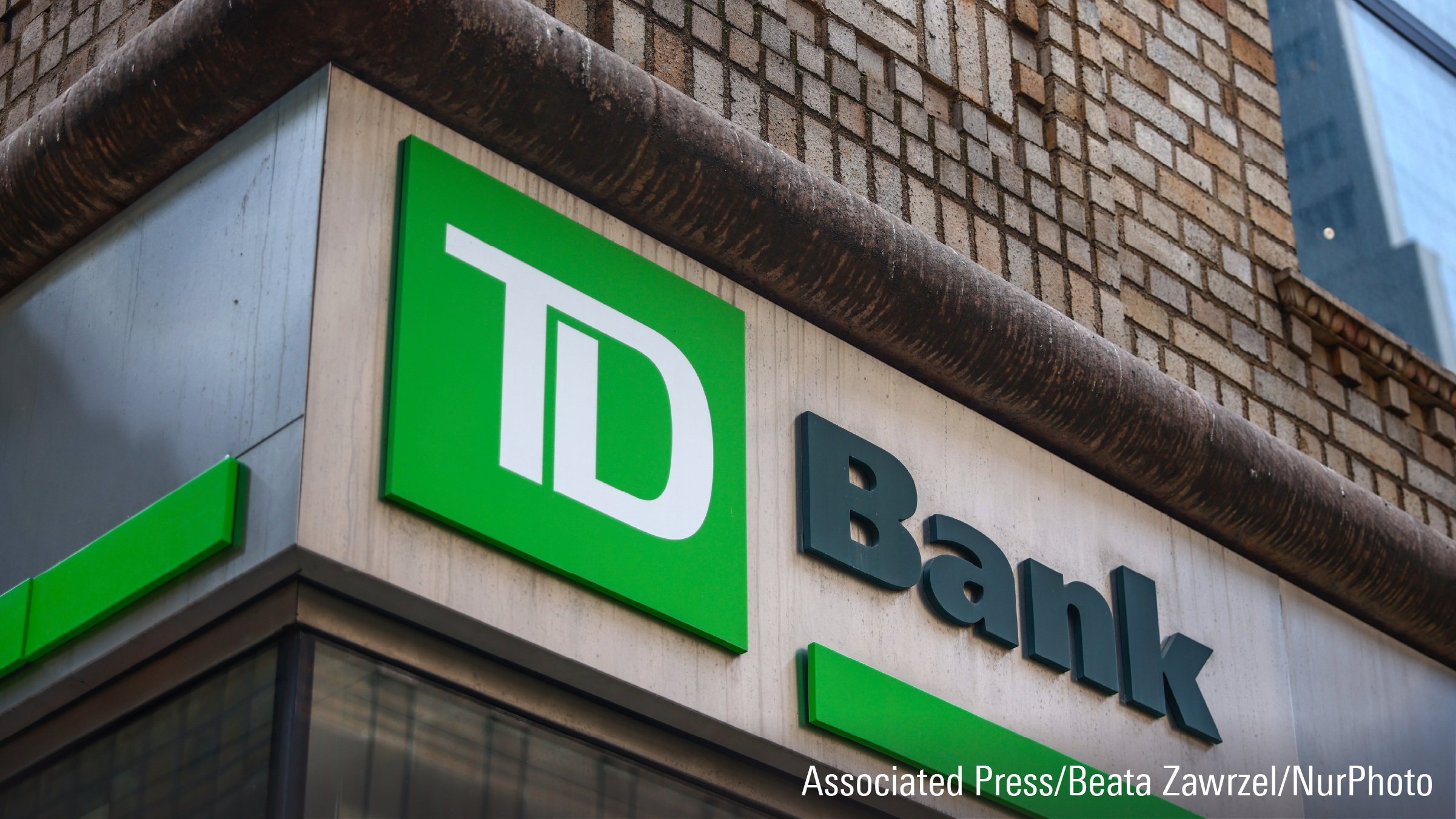
The global markets are going through turmoil and at Morningstar, we use several metrics to study the biggest stocks in the world to figure out their current value.
One of these metrics is the Price/Fair Value, which can be a great indicator of whether a particular company is expensive or cheap – or correctly valued. Another way to assess this is through the Morningstar Star Rating, which can be a great visual aid. A company with 1 star is expensive, 3 stars is fairly priced, and 5 stars is undervalued.
The star rating has an advantage over the price/fair value in the sense that it incorporates a level of uncertainty in the estimations. Two companies can have very similar price/fair value, but that doesn't necessarily translate into the same Morningstar rating.
Therefore, looking at the number of stocks that get 4 and 5 stars (companies considered a buy – in green in the graph below) and the number of stocks with 1 or 2 stars (could be considered a sell – in red) can give us further clues as to whether the stock market overall is over- underpriced.
As the chart shows, last year, the percentage of overvalued stocks was larger, and 2022 has seen a shift in valuations. This is aligned with what we've seen in the US market, for example, where stocks are trading at a rare discount.
This exercise also makes sense on a sector level. The following graph shows that consumer cyclical and technology are the most attractive sectors in terms of valuation, with 67% and 62% of stocks in those respective areas being undervalued. On the other hand, energy and utilities are the most expensive stocks, with 34% and 50% of stocks with star ratings of 1 and 2 respectively.




















